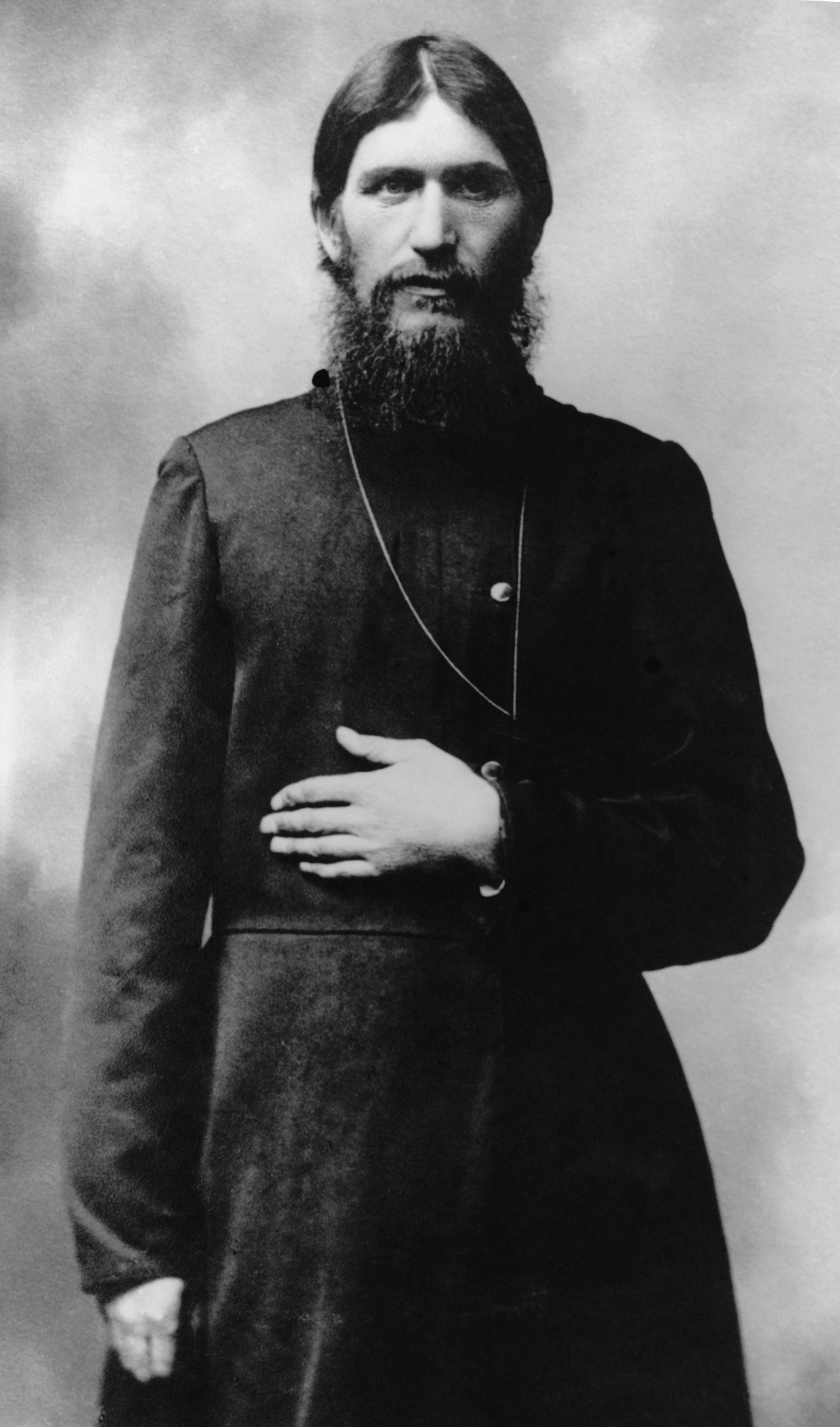Russian Revolution: Background and More

Background to Revolution
- During WWI, Russia was unprepared both militarily and technologically. They did not have a capable military leader. The Russian industry was unable to produce weapons, meaning that the Russian soldiers were sent to war weaponless. They trained using broomsticks and they they were sent to the front with the order to pick up a rifle from a fallen comrade. The Russians suffered a great deal of losses. In two years, between 1914 and 1916, they lost over two million soldiers. At lest another four to six million were wounded or captured by the opposing side. By the year 1917, the Russians were losing their will to fight.
Beginnings of Upheaval
Czar Nicholas II
- Czar Nicholas II was an autocratic ruler who relied on the army and bureaucracy to hold the government. Czar Nicholas II, although he lacked training, took charge of the armed forces. He was cut-off from events by his German-born wife, Alexandra. She was a stubborn women who was under the influence of Grigori Rasputin, a Siberian peasant who said he was a holy man. She believed he was a holy man because he could stop the bleeding of her son Alexis, who suffered from Hemophilia (the deficiency in the ability of the blood to clot).

Grigori Rasputin, Alexandra's Holy Man
- While Nicholas II was at the front, Alexandra had to make all of the important decisions. Alexandra never made said decisions without consulting Rasputin first. He had a great influence of the throne and he did not hesitate to try and interfere in government affairs. As the leadership dealt with military and economic problems, the Russian people became upset with the Czarist government. They felt a need to try and save the situation.
- They began by killing Rasputin in December 1916. he was not an easy man to kill because he had a great deal of physical strength. Rasputin was shot three times and then tied up and thrown into the Neva river, where he drowned. Nevertheless, before he drowned he managed to untie the knots. Unfortunately, his killing was too late to save the monarchy.
The March Revolution
- In March 1917, working-class women started a series of strikes in the capital of Petrograd. A few weeks before this happened, the government started rationing the bread. this was because the prices of bread began to skyrocket. The women that were standing in line were factory workers who worked 12-hours a day. The police warned the government:
"Mothers of families, exhausted by endless standing in line at stores,
distraught over their half-starving and sick children, are today perhaps
closer to revolution than the liberal opposition leaders and of course they
are a great deal more dangerous because they are the combustible material
for which only a single spark is needed to burst into flame."
- On March 8, at least 10,000 women marched. Demanding "Peace and Bread" and "Down with Autocracy". The marchers were soon joined by more workers. The strike shut down all of the factories on March 10, causing Alexandra to contact Nicholas II.
- Nicholas ordered the soldiers to stop the strikes and shoot them if it was necessary. A large number of soldiers refused to shoot at the crowds and joined them instead.
- The Duma, which the czar tried to get rid of, established the provisional government who urged Czar Nicholas II to step down. Seeing as he no longer had the support of the army or the aristocrats, Nicholas II stepped down on March 15, ending the 300-year-old Romanov dynasty.
- Alexander Kerensky, the provisional government head, decided to carry on the war to preserve Russia's honor. This decision did not satisfy the workers or the peasants. They just wanted the war to end.
No hay comentarios.:
Publicar un comentario